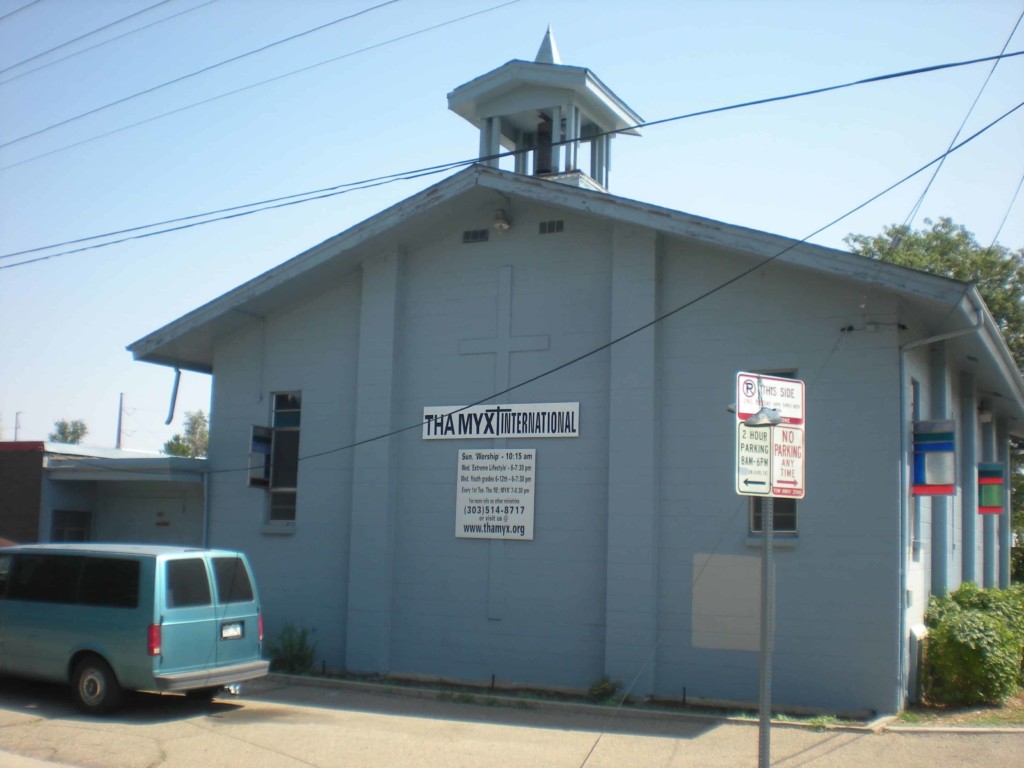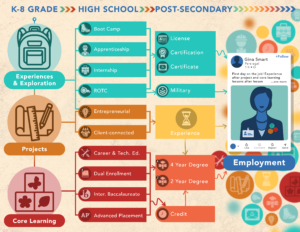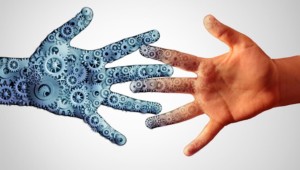Modeling Good Work

After a season of testing, it’s easy to lose sight of the larger aims and ends. Howard Gardner, in Frames of Mind, reminds us “Education is inherently and inevitably an issue of human goals and human values.”
Reading, writing, and problem solving are important but Gardner suggests we should be helping young develop in five dimensions:
- Disciplined mind has mastered a craft or profession;
- Synthesizing mind takes information from disparate sources, understands and evaluates that information objectively, and puts it together in valuable ways;
- Creating mind breaks new ground—and stays one step ahead of computers and robots;
- Respectful mind tries to understand these others and seeks to work effectively with them; and
- Ethical mind considers how citizens can work unselfishly to improve the lot of all.
 Good work. Of the last dimension, he said, “I’d like to live in a world characterized by “good work”: work that is excellent, ethical, and engaging.”
Good work. Of the last dimension, he said, “I’d like to live in a world characterized by “good work”: work that is excellent, ethical, and engaging.”
Gardner suggests that modeling is essential, “Children see whether their parents take pride in their work.” He hopes young people see ethical behavior in how they approach play and serve as citizens.
The most memorable thing about my childhood was the weekends spent working in urban mission churches (like the one pictured where I spent a decade of weekends). I’m sure this was part of a personal faith response by my parents, but it became evident in my teens that it was central to their parenting plan—and a counterbalance to a suburban lifestyle. They wanted me to spend time in diverse communities, to see poverty, and experience the rewards to service. They wanted to model good work.
My parents paid attention to what Gardner calls horizontal supports—they shaped my peer groups in their school choices, church attendance, and curfew management.
My dad, a neurosurgeon, got me as job as an orderly at a rehabilitation center so I could get a better picture of his world. I remember wheeling a patient to the operating room and seeing him pacing in front of an x-ray. The weight of the job was evident on his face. I better appreciated that on a good day someone lived, on a bad day someone died.
“From an early age, of course, young people are influenced by what they see around them, what is rewarded, what is written about, what is ignored or disparaged,” said Gardner.
Modeling good work. If you agreed with Gardner that modeling good work was important, what would you do? I’ve seen and tried to use seven strategies:
- Take your kids to work.
- Engage your kids in community service projects.
- Discuss your work at the dinner table; let them hear you synthesizing the world and your work.
- Be more transparent about the bad as well as the good stuff that happens to help them appreciate grit and persistence.
- Let your kids see you learning.
- Make sure they see evidence of quality work product.
- Help them identify a mentor that models good work.
As work gets more complicated and work environments become more diverse, Gardner’s advice to model good work is more important than ever.
For more see:






0 Comments
Leave a Comment
Your email address will not be published. All fields are required.